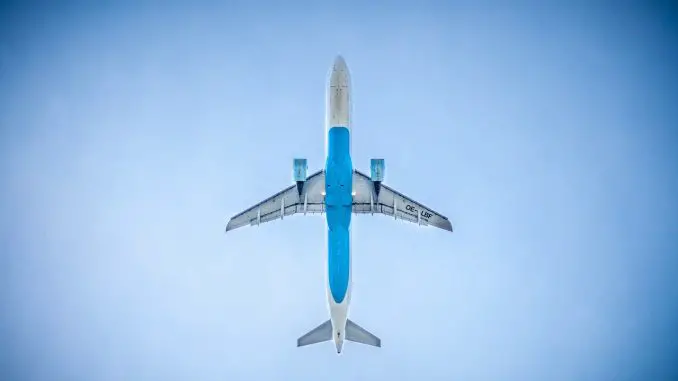
The climate impact of aviation is great. The number of foreign flights has skyrocketed since the beginning of the 1990s.
The increase in the number of international flights since 1990 means that the climate impact has increased significantly beteween 1990 and now. In the wealthy parts of Europe, we fly more than five times as much as the global average..
Different ways to measure the climate impact of aviation
The climate impact of aviation can be measured in several ways. International reporting to the UN and the EU is based on refueling fuel in many places. The figure for international flights is then based on the amount of fuel that the flight operators refuel within a specific country’s borders and is used for flights leaving the country. This is regardless of the country in which the airline is registered. However, these emissions do not include either the full climate impact of the emissions at high altitude or the complete emissions resulting from residents’ flights abroad.
Greenhouse gas emissions from aviation’s international bunkering were 2.6 million tonnes of carbon dioxide equivalents in 2016. This is almost 90 percent higher than in 1990. Greenhouse gas emissions from international flights are not covered by countries’ climate plans to reach the Paris Agreement and are thus not included in the targets adopted, under the UN.
Territorial emissions and greenhouse gas uptake (reported to UN and EU)
We fly abroad more and more.
The number of trips abroad has more than doubled since the beginning of the 1990s. Due to the technical challenges that the aviation industry is facing when it comes to switching to sustainable flying and that the biofuel supply is limited, the trend is that we need to reduce our air travelling.
International action is needed
The ability to travel far and cheaply by air at a low cost is important for the well-being of many. Since there are still largely no viable and effective solutions that can eliminate the climate impact of aviation and when air travel is expected to continue to increase rapidly, aviation is one of the greatest challenges in both local and international climate work.
Due to international agreements, a tax on international aviation fuel is not allowed, which would be desirable as the rapidly growing international aviation emissions are a global problem. In some countries, a passenger tax has been introduced for the passenger. However, more measures will be needed to reduce emissions from our air travel.
Leave a Reply